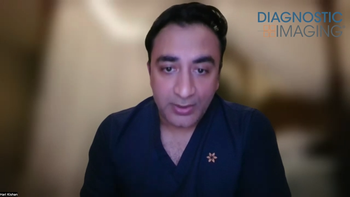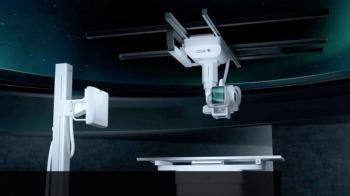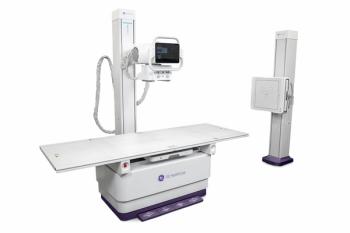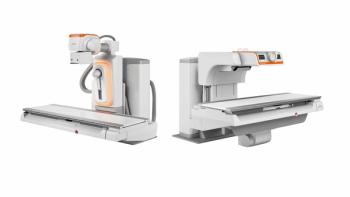
Don’t Rely on X-rays to Determine Forearm Fracture Treatment
A more personalized approach rooted in the patient’s needs is a better course of action.
X-rays should not be used to drive decisions about treating common forearm fractures, according to new research. Instead, providers should give more consideration to the patient’s needs and his or her environment.
In a study published June 17 in
At the core, though, they found that X-rays should not be the basis for these treatment decisions that impact more than 85,000 Medicare beneficiaries each year.
“Traditionally, surgeons look at these broken bones on X-rays, and they have to assess various ways of fixing it based off fracture anatomy and patient age,” said Kevin Chung, M.D., lead study author and Charles B.G. De Nancrede Professor of Surgery. “However, in older patients, we determined that the patient-centered care in tailoring particular treatments to their needs, social environment, and risk tolerance for surgery are all considerations in prescribing treatment.”
Related Content:
In this study, Chung’s team examined data collected over a decade from 187 individuals from 20 medical centers worldwide who underwent surgery for their fractures. The team divided participants into the groups based on their treatment: volar locking plates, external fixation, and pinning. An additional 117 patients refused surgery and opted for casting.
Initially, they said, patients who chose volar plating were better able to perform daily tasks, but after six months, their advantages over other treatment methods had faded. Additionally, after 24 months, all patients reporting similar pain scores with everyone reporting satisfaction with their outcomes.
“For hand surgery, this is the most intense, collaborative effort to try and answer a 200-year puzzle about distal radius fractures in older adults,” Chung said. “It is one of the most common fractures in the world for this population – you have parents and grandparents that will get this fracture. For the good of public health, we needed to answer this question.”
Ultimately, he said, the outcome of the study highlighted the importance of communication and interaction between the patient, his or her family, and the surgeon. By working together, they can identify the best personalized approach to fixing the patient’s broken bone and maximizing their future capabilities and quality of life.
For more coverage based on industry expert insights and research, subscribe to the Diagnostic Imaging e-Newsletter
Newsletter
Stay at the forefront of radiology with the Diagnostic Imaging newsletter, delivering the latest news, clinical insights, and imaging advancements for today’s radiologists.




























